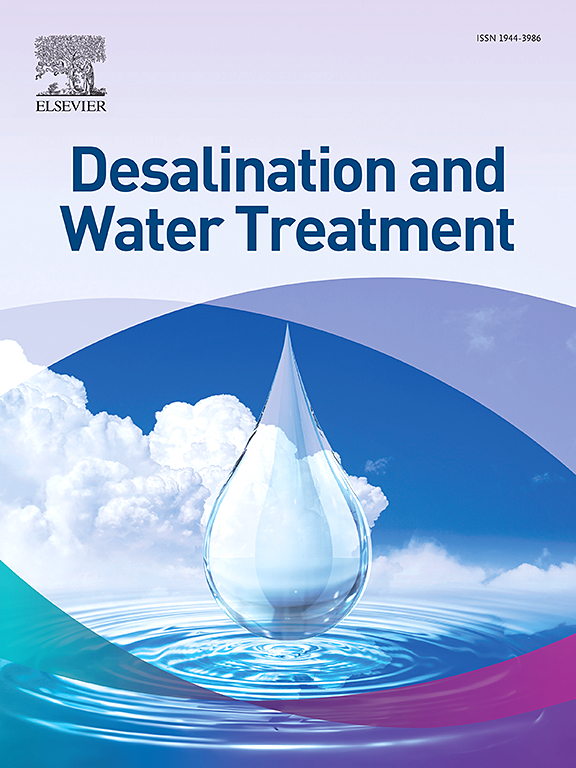Drugs used in COVID-19 therapy and their effects on the environment
IF 1
4区 工程技术
Q4 ENGINEERING, CHEMICAL
引用次数: 0
Abstract
The SARS-CoV-2 virus responsible for causing the COVID-19 disease was first identified in Wuhan in December 2019. Due to its easy transmission from person to person, it has become a global health threat, causing a pandemic that was declared by the WHO in March 2020. The therapeutic strategy for its treatment was based on commercially available drugs that were dedicated to the treatment of other diseases (e.g., votive fever, bacterial infections, other viral diseases). Currently, three antiviral drugs are approved as official drugs in COVID-19 therapy, however, other drugs are still being used to support the treatment of this disease, depending on the intensity of its symptoms. The need to treat patients infected with SARS-CoV-2 results in an increased demand for drugs supporting the treatment of COVID-19, and thus their greater consumption. Consequently, this group of drugs is very often released into the environment mainly through treated sewage. And as is observed with other micropollutants, drugs used to treat COVID-19, along with metabolites, will certainly become a new group of anthropogenic micropollutants in the environment, posing a potential threat to living organisms. Therefore, the aim of the study is a literature review on the occurrence of drugs used to treat COVID-19 in the environment and to estimate the potential threat resulting from this pres - ence. The work will focus mainly on antiviral, antiparasitic and antimalarial drugs used in COVID-19 treatment. From the point of view of human health, the real problem with drugs used to treat COVID-19 is the potential formation of resistant strains of microorganisms through chronic expo - sure of organisms to drugs used in COVID-19 therapies. This phenomenon is analogous to the phe - nomenon of drug resistance to antibiotics in various microorganisms, including pathogenic ones.COVID-19治疗中使用的药物及其对环境的影响
本文章由计算机程序翻译,如有差异,请以英文原文为准。
求助全文
约1分钟内获得全文
求助全文
来源期刊

Desalination and Water Treatment
工程技术-工程:化工
CiteScore
2.20
自引率
9.10%
发文量
0
审稿时长
5.3 months
期刊介绍:
The journal is dedicated to research and application of desalination technology, environment and energy considerations, integrated water management, water reuse, wastewater and related topics.
 求助内容:
求助内容: 应助结果提醒方式:
应助结果提醒方式:


